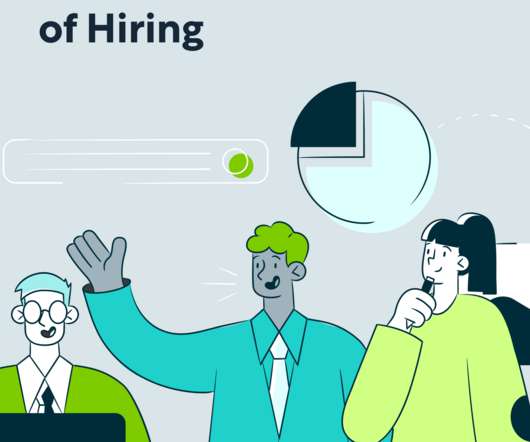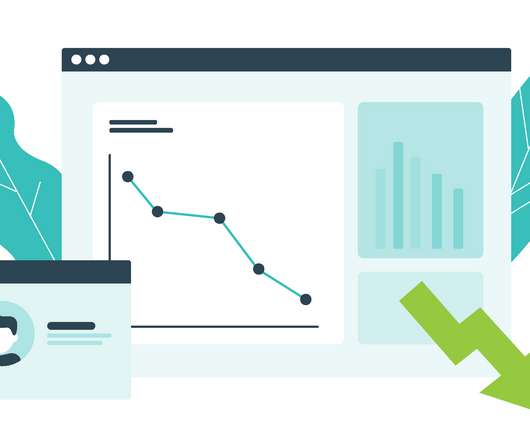The Product Specialist Job Description Blueprint
Hireology
NOVEMBER 2, 2020
According to the 2020 Cox Automotive Car Buyer Journey Study , an individual spends an average of just under 15 hours shopping for a new vehicle, 10 hours of which are completed without ever entering a dealership. Let job seekers know this key difference in the job description and post. How to Post Your Job.















Let's personalize your content